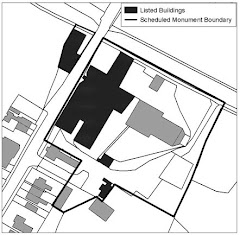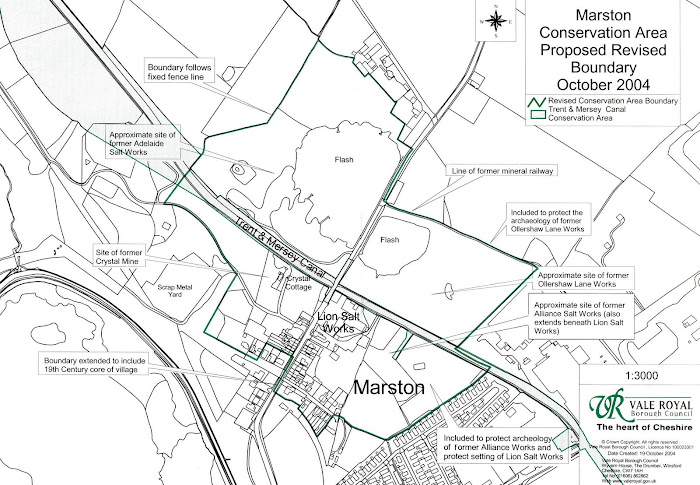 The two long 'I' beams were installed today along the north and south sides of the salt pan No.5. Each beam weighs one ton. Five lighter 'I' beams will be inserted underneath the pan and will be clamped to each of these lifting beams. The pan base is buckled through use and will have packing pieces inserted between the steels and the under surface so that the weight is carried evenly. Only when we are sure the pan can be carried safely will it be lifted. This might be later this week, or early next week, so keep logging on to see developments.
The two long 'I' beams were installed today along the north and south sides of the salt pan No.5. Each beam weighs one ton. Five lighter 'I' beams will be inserted underneath the pan and will be clamped to each of these lifting beams. The pan base is buckled through use and will have packing pieces inserted between the steels and the under surface so that the weight is carried evenly. Only when we are sure the pan can be carried safely will it be lifted. This might be later this week, or early next week, so keep logging on to see developments. With the east gable dismantled and the brick wall removed from below it we can see how the stove area is constructed. Hot gases from below the salt pan are drawn along flues within the Stove House to dry the salt. The lower part of the flue is set within ash and cinders, lined with brick but due to the heat and fumes the bricks are very badly corroded and decayed. Many bricks have turned to powder, some are heavily impregnated with white salt crystals. The flues are carried above the ash and cinders with brick upstands to create 'ditches' between the flues. There has been a build up of salt within the ditches which is over 20 centimeters thick.
With the east gable dismantled and the brick wall removed from below it we can see how the stove area is constructed. Hot gases from below the salt pan are drawn along flues within the Stove House to dry the salt. The lower part of the flue is set within ash and cinders, lined with brick but due to the heat and fumes the bricks are very badly corroded and decayed. Many bricks have turned to powder, some are heavily impregnated with white salt crystals. The flues are carried above the ash and cinders with brick upstands to create 'ditches' between the flues. There has been a build up of salt within the ditches which is over 20 centimeters thick. A bag wall slows the passage of gases as they pass from the the pan house into the flue system. There is a thick layer of fly ash throughout the whole structure.
A bag wall slows the passage of gases as they pass from the the pan house into the flue system. There is a thick layer of fly ash throughout the whole structure.Metal plates sit over the flues so that salt blocks can be placed directly over them. These metal plates have corroded heavily after twenty years in a now cold, damp unheated building covered in salt.
The inner surface of the flues have suffered the most and with e mortar having broken down many walls have simply collapsed into the ditches and flues.
 Most of the dismantled timbers have now been assigned racking space within the timber store and are being graded for condition and re-use when the structure is rebuilt. Some pencil marks were seen when the trusses were dismantled, but today we found some carpenters marks cut into a beam which had been re-used as a supporting joist within the Loading Bay. There are carpenters marks in other re-used timbers in Stove House 3.
Most of the dismantled timbers have now been assigned racking space within the timber store and are being graded for condition and re-use when the structure is rebuilt. Some pencil marks were seen when the trusses were dismantled, but today we found some carpenters marks cut into a beam which had been re-used as a supporting joist within the Loading Bay. There are carpenters marks in other re-used timbers in Stove House 3.





I like these carpenters marks. I'd be interested in collecting them together and perhaps using them in print making.
ReplyDelete